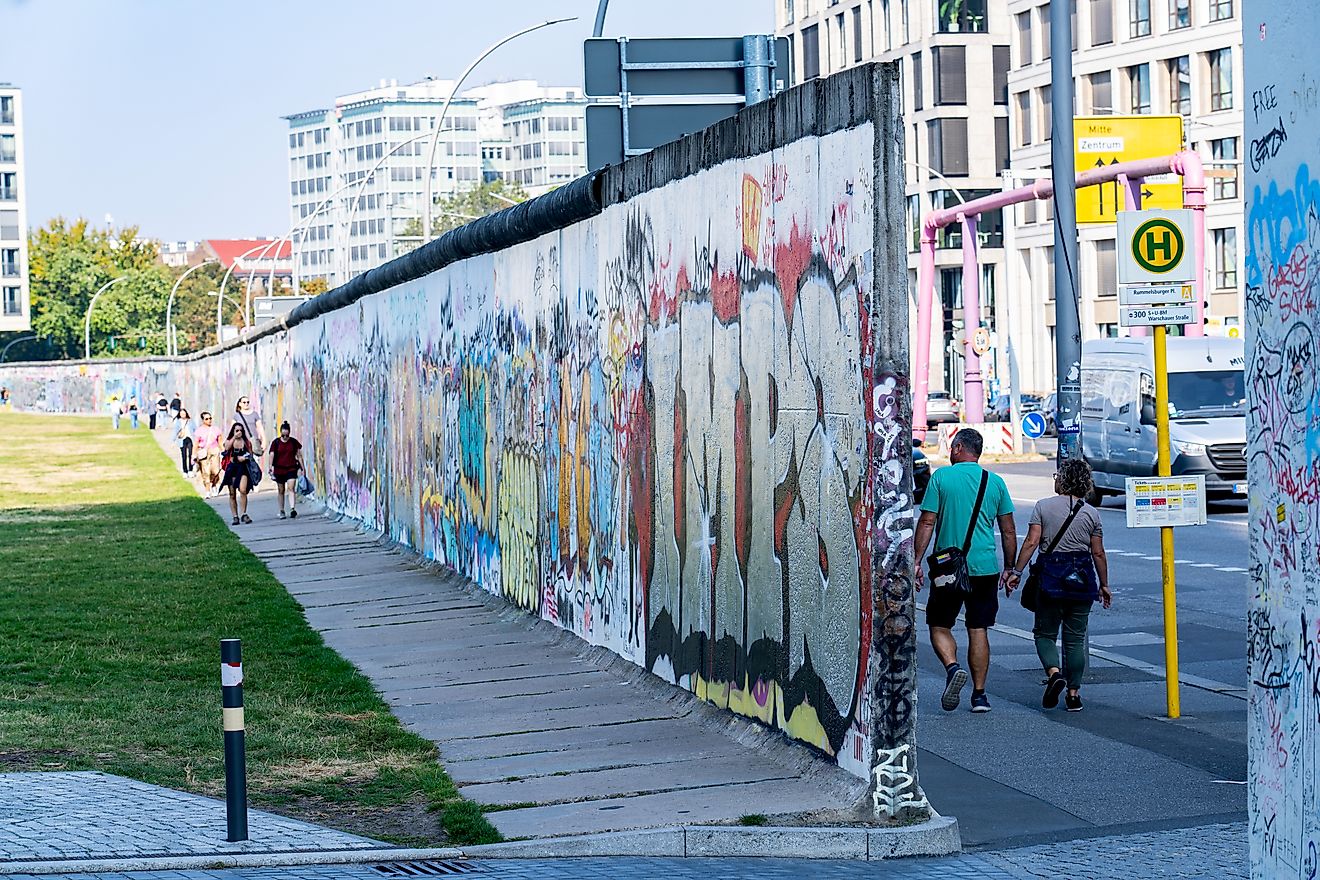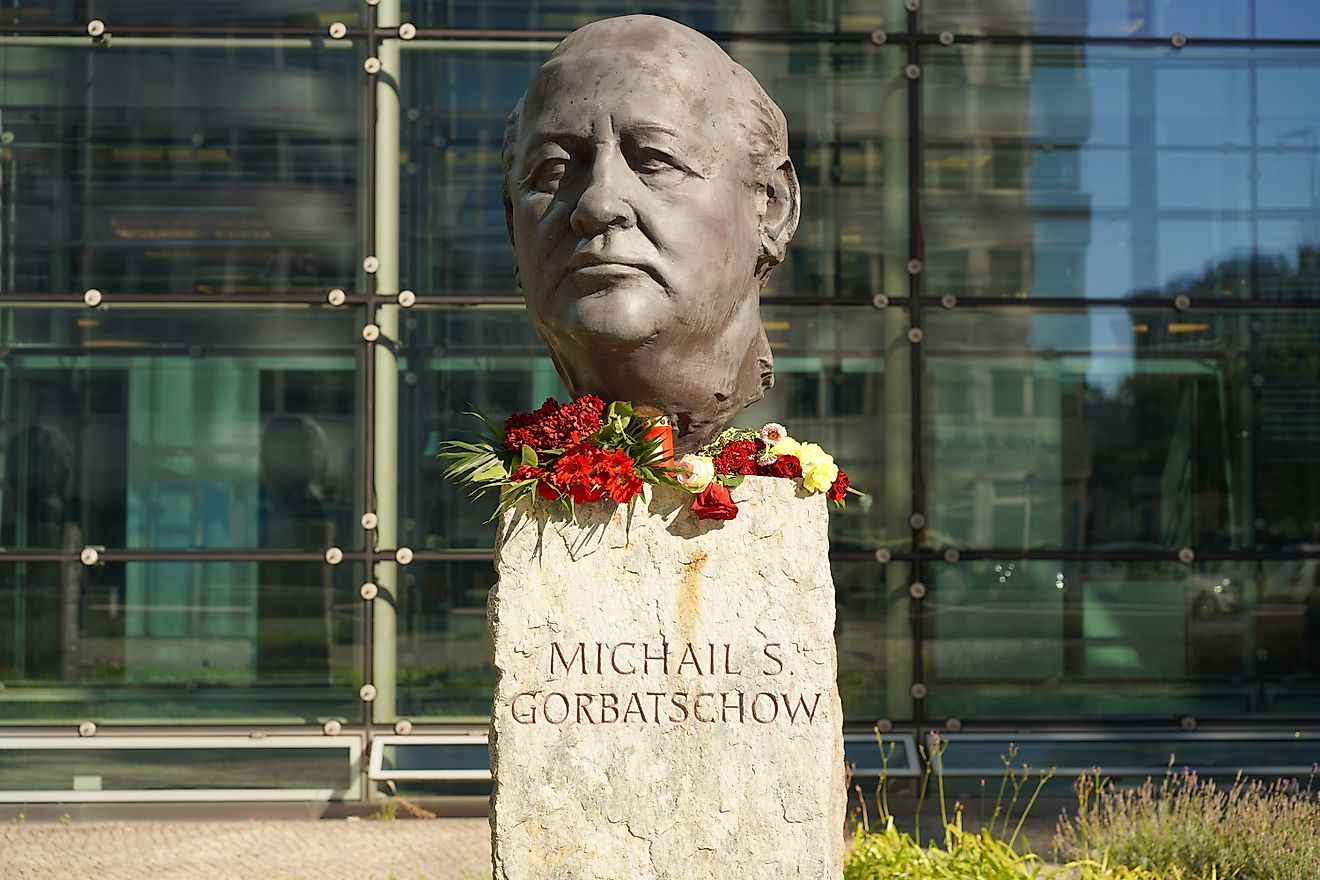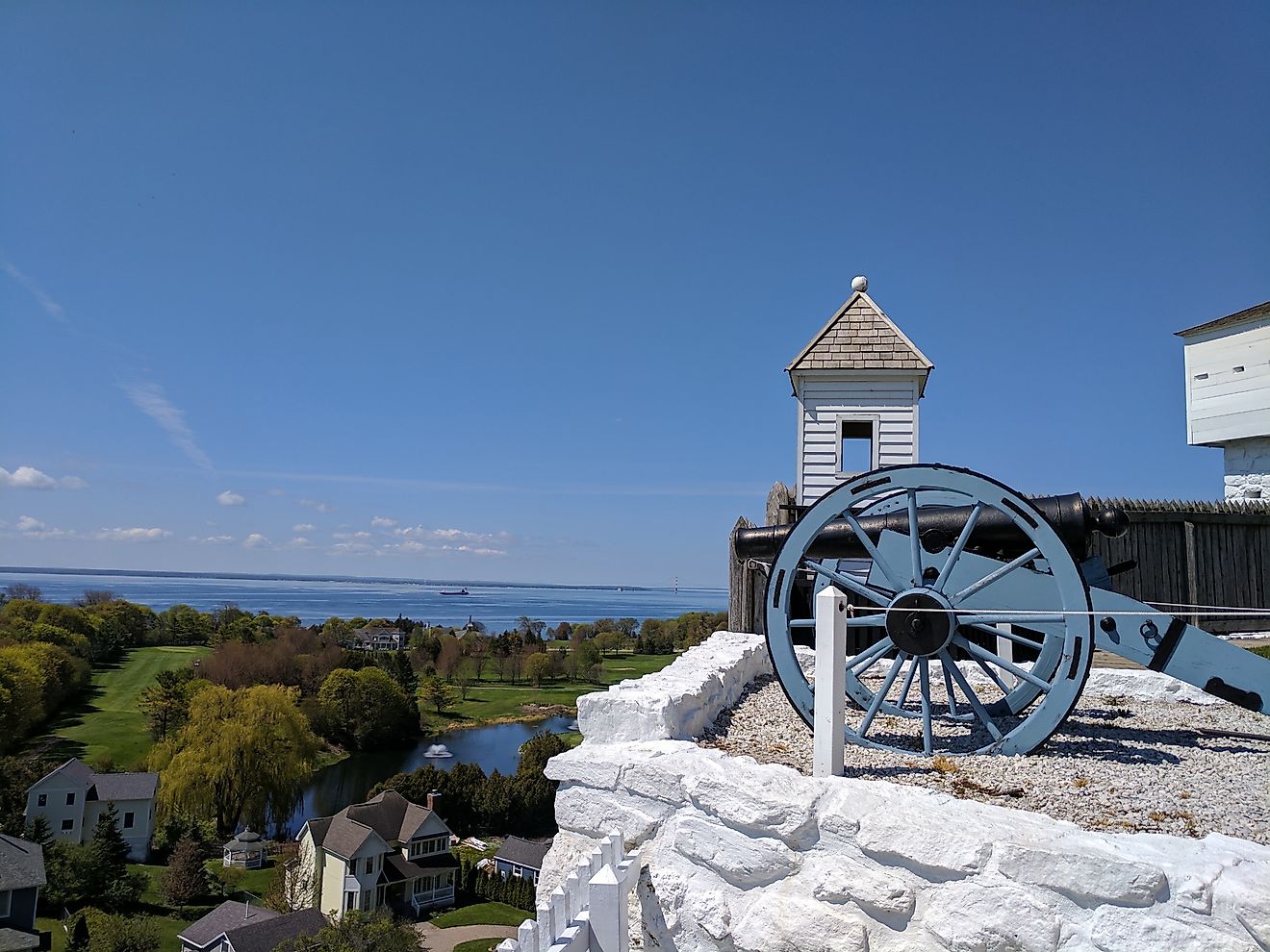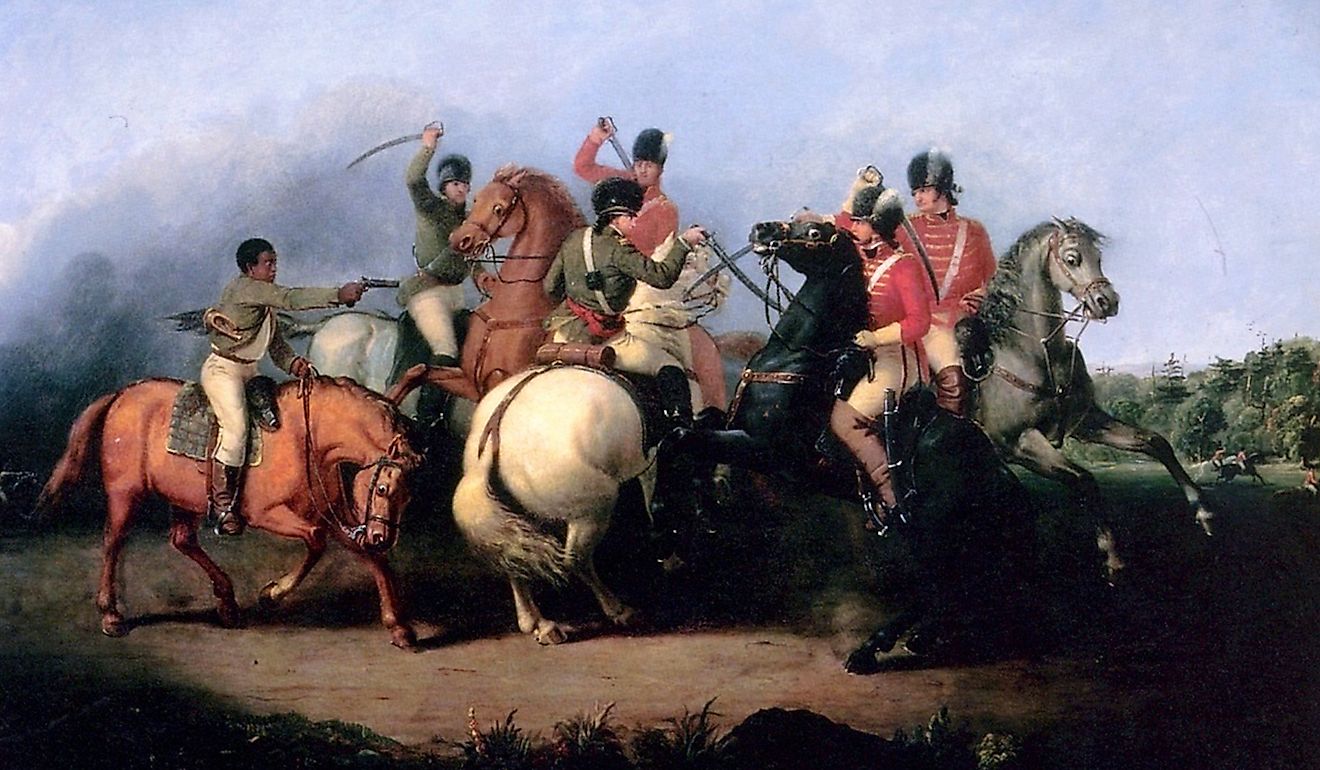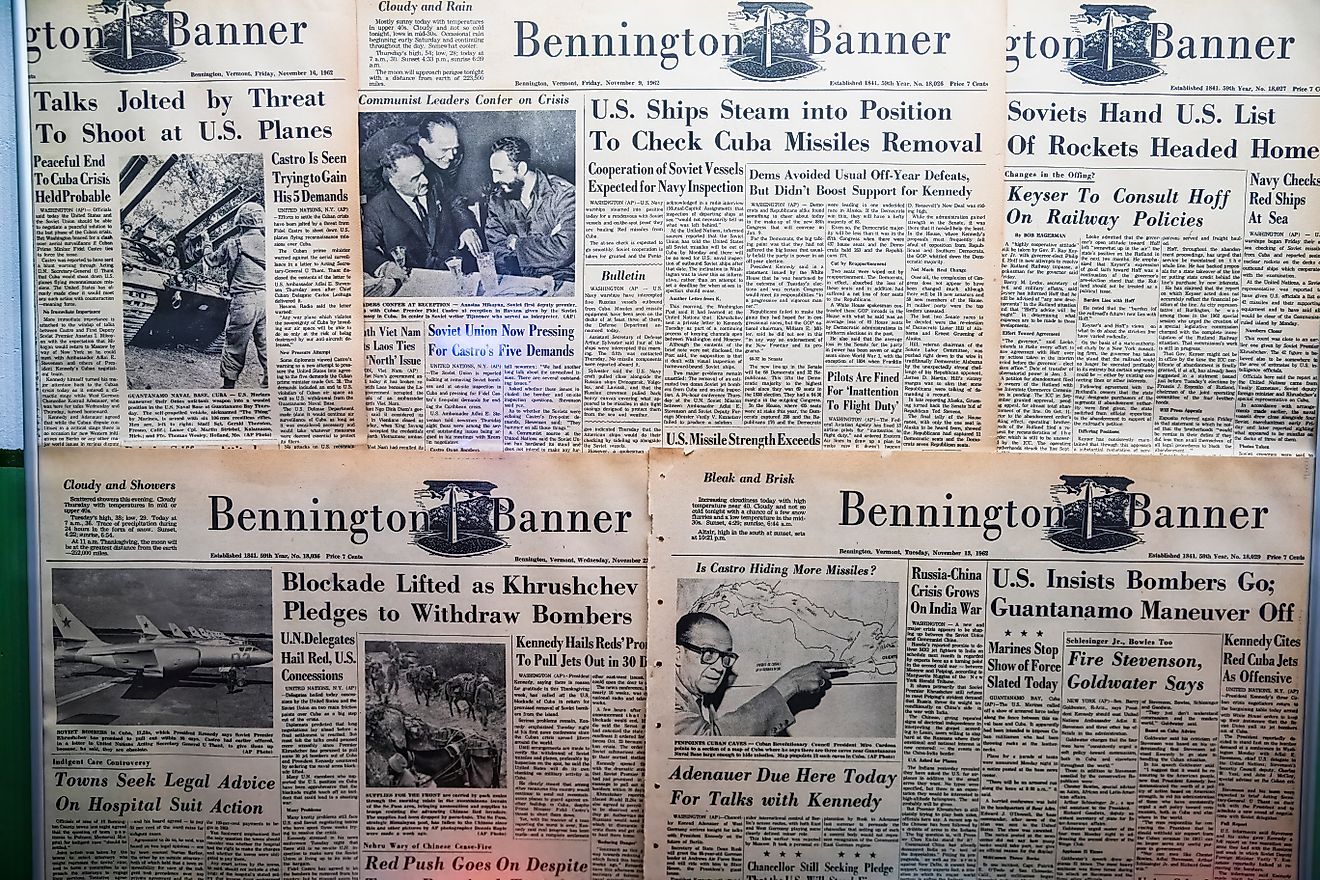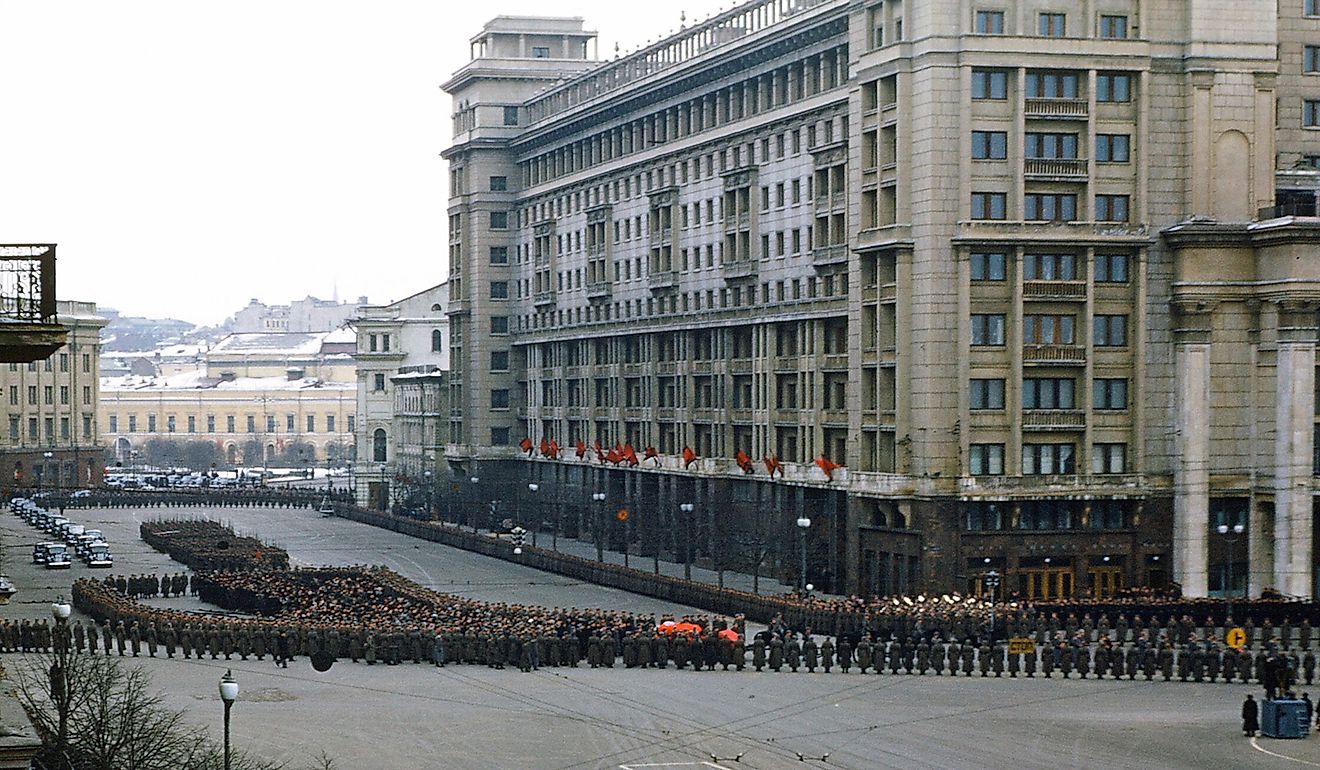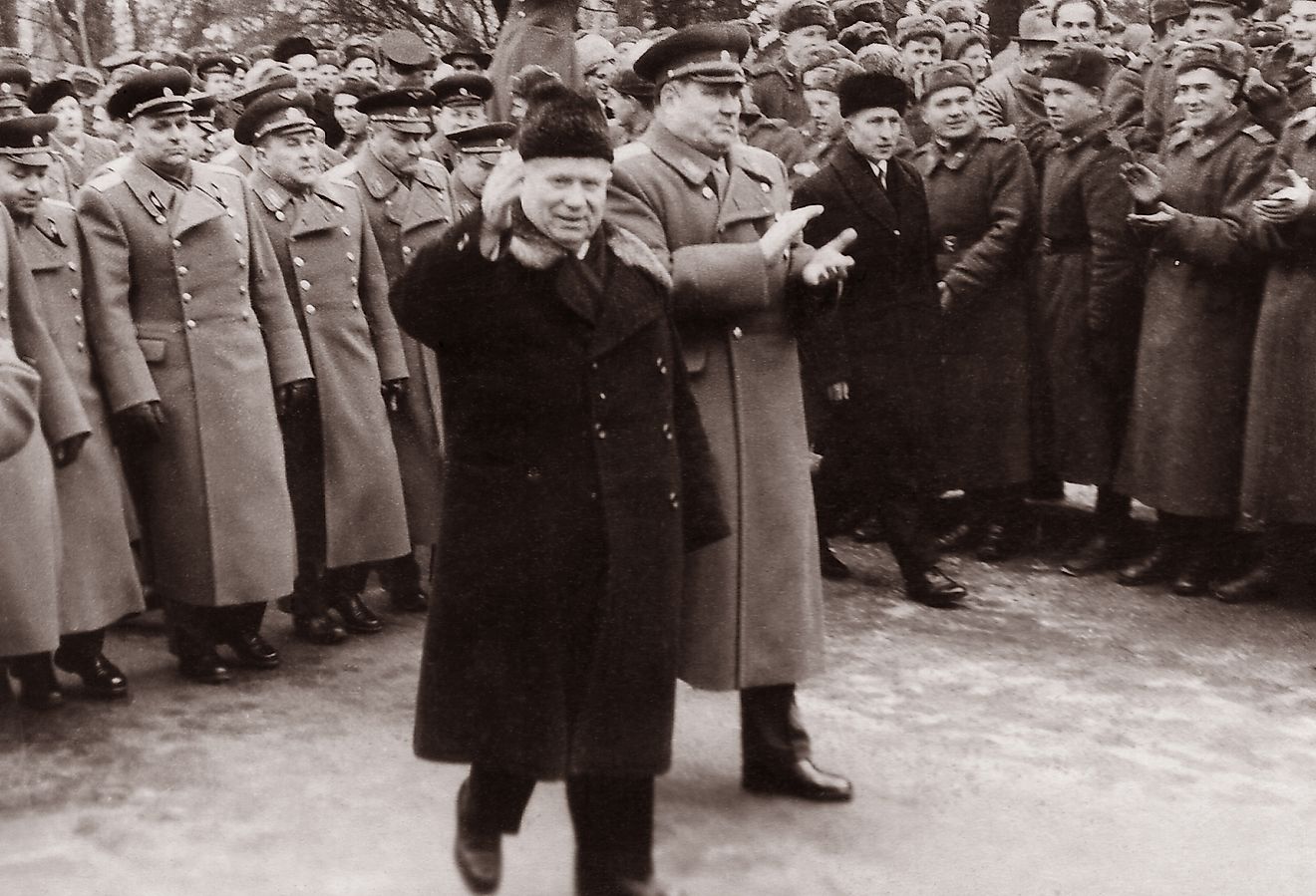The Story Of World War II's Nazi Youth Indoctrination Camps

- Childrens' books and schooling focused on celebrating Hitler and joining military service.
- Political parties and youth groups outside the Nazi regime were banned.
- By 1934 there were more than 2 million members of Hitler Youth organizations.
75 years ago, the Second World War came to an end after six years of battle that saw some 75 million people perish, including around 20 million members of military and more than 40 million civilians, many of whom were killed due to genocide at the hands of the Nazi regime.
Who were the Nazis?
The National Socialist German Workers' Party, known as the Nazi Party, was founded in 1919 as the German Workers' Party and promoted German pride and anti-semitism, as well as a deep dissatisfaction with the Treaty of Versailles, which effectively ended the First World War and forced Germany to make several concessions and reparations for its actions during the conflict. Adolf Hitler joined the party from its beginning, became its leader in 1921 and then chancellor of Germany in 1933, which saw the rise of his dictatorship.
Hitler used his charismatic style to win over the public with speeches that blamed Jews and Marxists for the problems Germany faced, and began practicing extreme nationalism, promoting the notion of a pure Aryan race. He set out to destroy members of groups he deemed unfit for the perfect Germany, including Jews, non-Nazi political figures, artists, intellectuals, Romani peoples, homosexuals, and those who were physically or mentally disabled.

With his party in control of every aspect of German life, Hitler turned to the youth of the country to help propagate Nazi views, build his military, and ultimately run concentration camps and snuff out rebel factions throughout Germany and Austria. He did this by indoctrinating them through children's organizations: the Hitler Youth (Hitlerjugend) and the League of German Girls (Bund Deutscher Mädel). Baldur von Schirach, the Reich Youth Leader for the Nazi party, became the director of Hitler Youth by 1930 and organized a group of boys aged 14 to 18 as well as a junior organization, the German Young Volk, with members ranging from 10 to 14 years old. The League of German Girls had similar divisions. By 1933 there were 100,000 members of Hitler Youth and more than 3.5 million by 1934, when Nazi youth movements became the only legal youth activities in the country. Membership became mandatory by 1936 but Jewish children were banned from participating.
How did indoctrination work?
Hitler Youth boys participated in a number of activities, largely focused on sports and physical development such as boxing and camping trips. They also received intense instruction in Nazi ideology and anti-semitism, military training like shooting, and enveloped a strong commitment to Hitler. Young girls were trained in household chores such as making beds and cooking, as well as nursing and charitable work. Nazi involvement in children's lives was so prevalent they had no time for activities outside of school and their youth organizations.
During summers, Hitler Youth were sent to work on farms and simultaneously participated in Nazi ideological work by teaching German to immigrants who had settled in Germany and guarding camps that held Polish teens.
Why indoctrinate children?
Children were seen as the future of the country, the Nazi regime and its ideologies, and the beginning of the perfect Aryan nation. Many of the Hitler Youth grew to be obedient soldiers with a fanatical attachment to the Reich and its leader. The deterioration of the German army as the war drew to an end led to younger boys being plucked from their homes and sent to the front, beginning with 17-year-olds and, by 1945, soldiers as young as 14 or 15 years old who had been members of Hitler Youth were sent to defend their country and the Aryan race they believed in.
Furthermore, Hitler believed the indoctrination camps and organizations removed children from the influence of their parents, who may not be Nazi supporters and were obstacles to their ultimate goals. Through the Hitler Youth and League of German Girls, Hitler was able to drive the Nazi ideology into homes regardless of parents' opposition to the regime.

What if children refused to
Some German boys refused to become part of Hitler Youth and instead ran their own youth groups underground, such as the Edelweiss Pirates, which even went so far as to attack Hitler Youth members and sabotage their activities. Some Scouts also became part of the resistance, and the anti-Hitler youth participated in violent and non-violent revolts as well as painting anti-war graffiti on walls and even helping Jewish children escape deportation. Their actions did not go unnoticed and their punishments were made public, like six Edelweiss Pirates hanged in Cologne in 1944.
Those who refused to join were often sought out by Hitler Youth members, beaten and stabbed for their rebellion. Some were tortured until they finally gave in and joined the organization.
What became of Nazi youth?
After the Second World War ended, the Hitler Youth was disbanded at the same time as many citizens underwent denazification to undo the damage caused by their indoctrination. Today, the Hitler Youth and League of German Girls is often considered one of the most terrifying elements of the Nazi regime, as it provided evidence that dictatorships can manipulate children to serve its armies with unwavering support.
